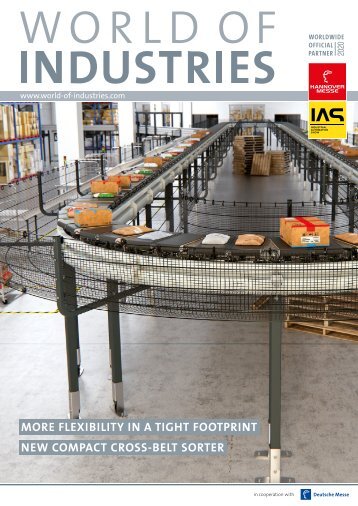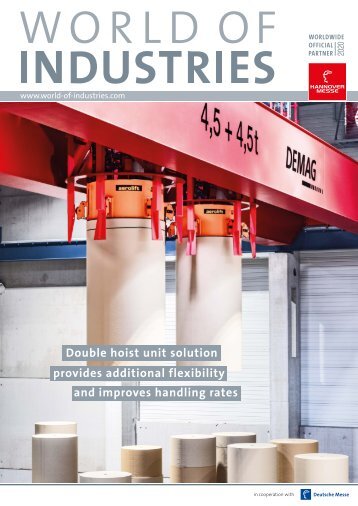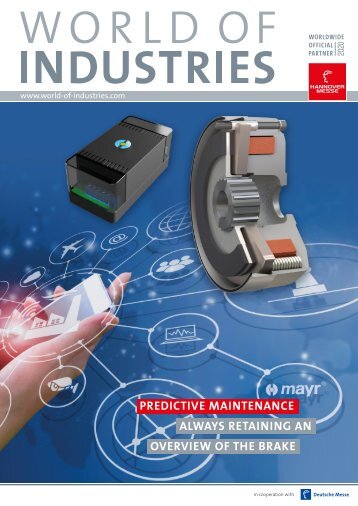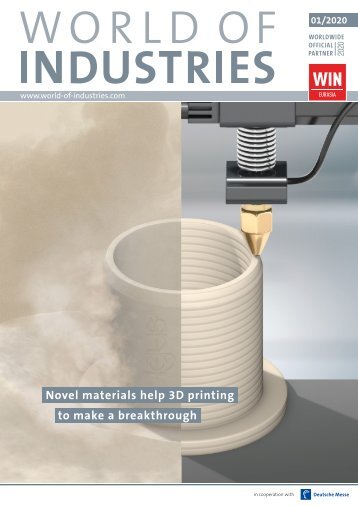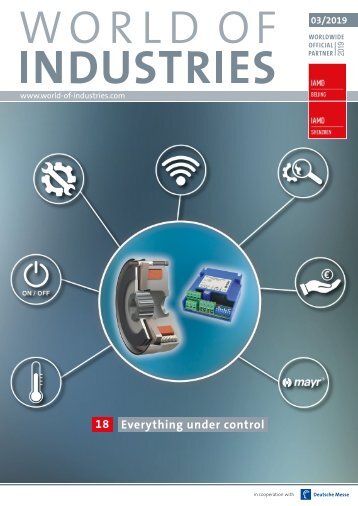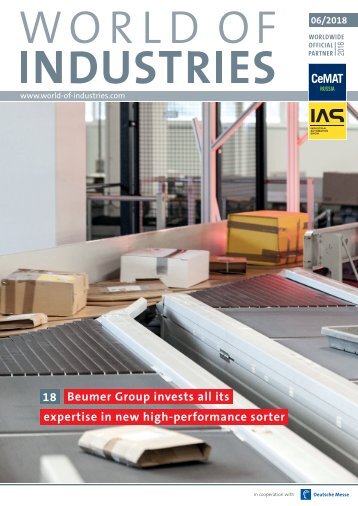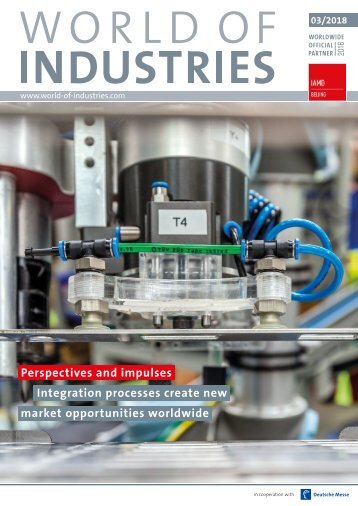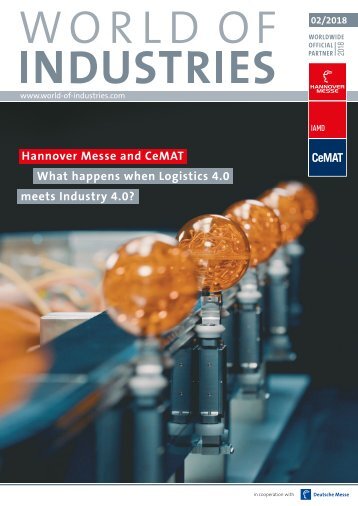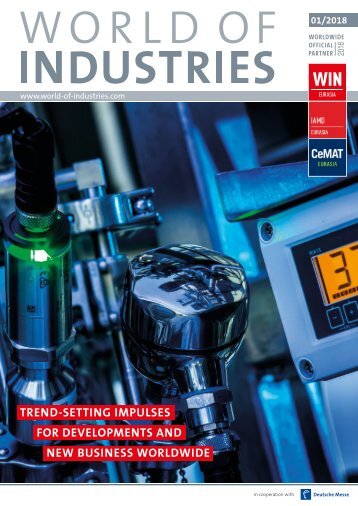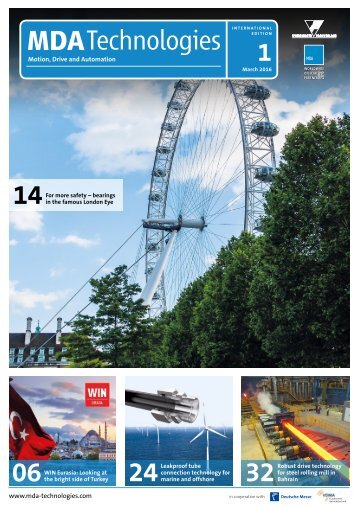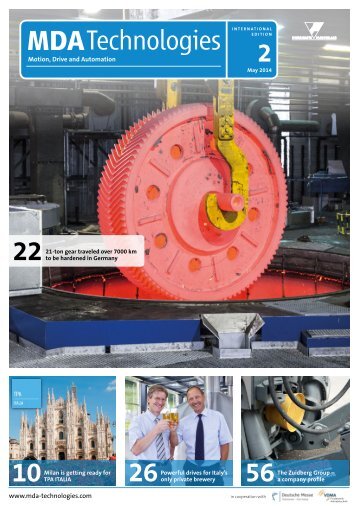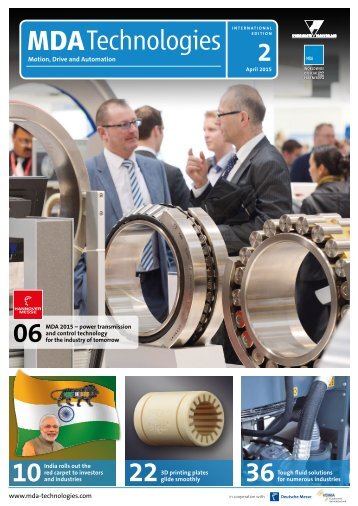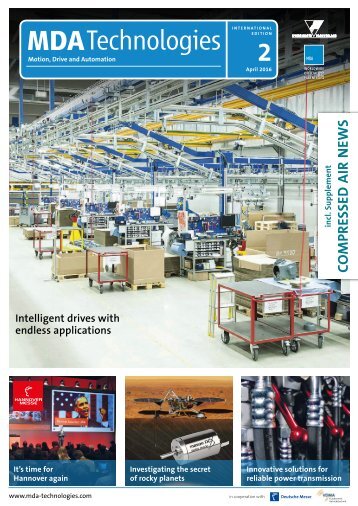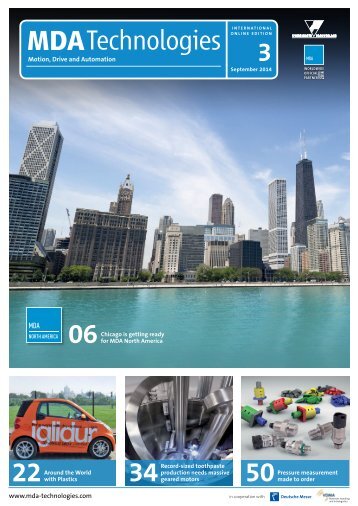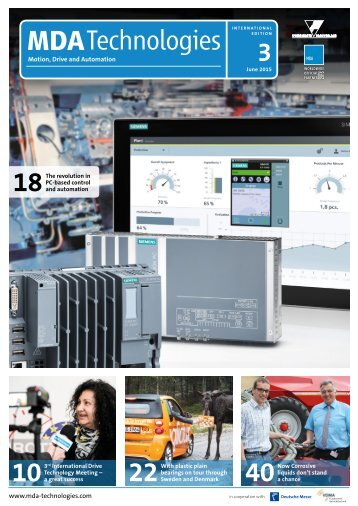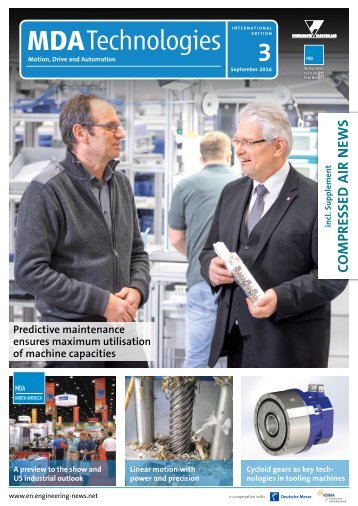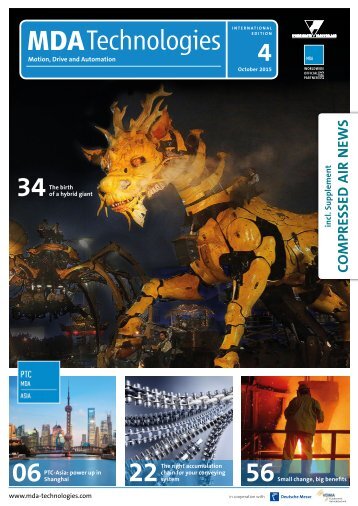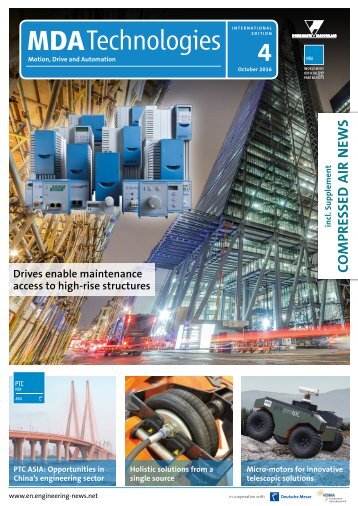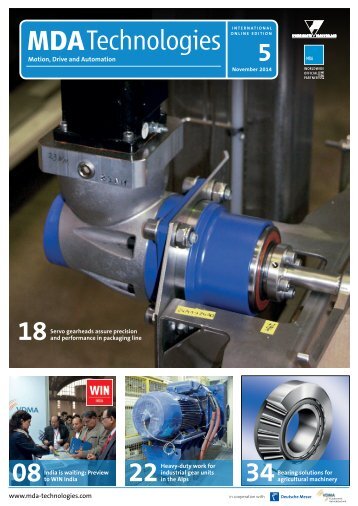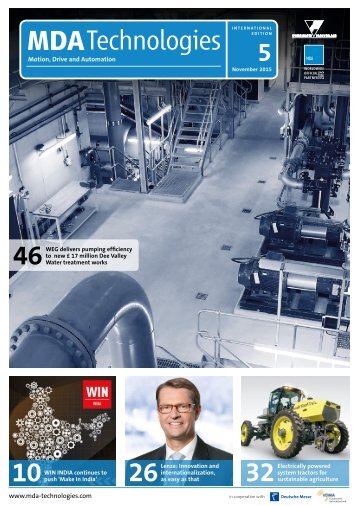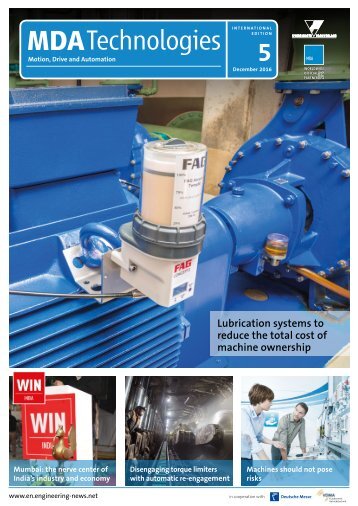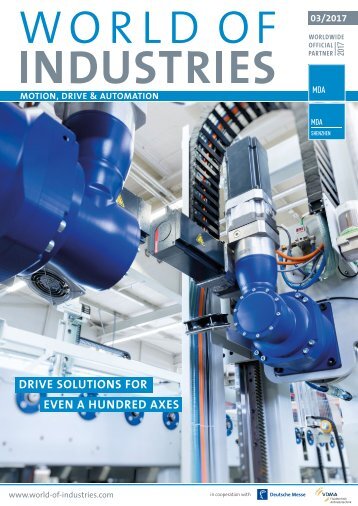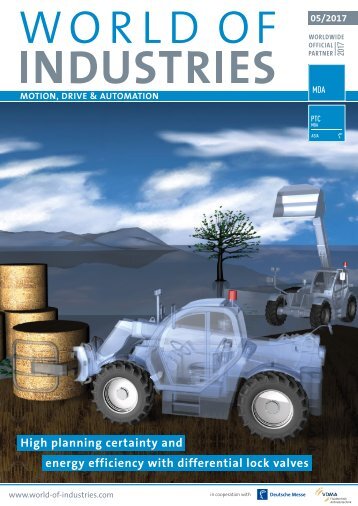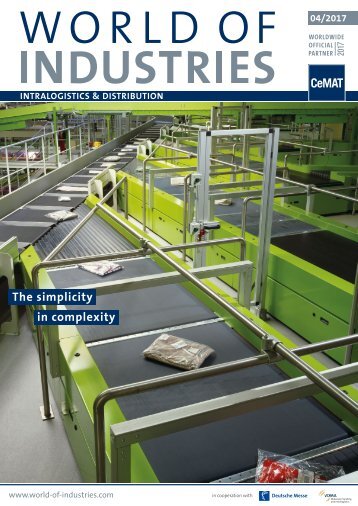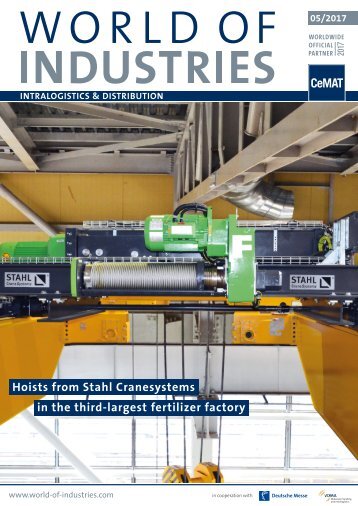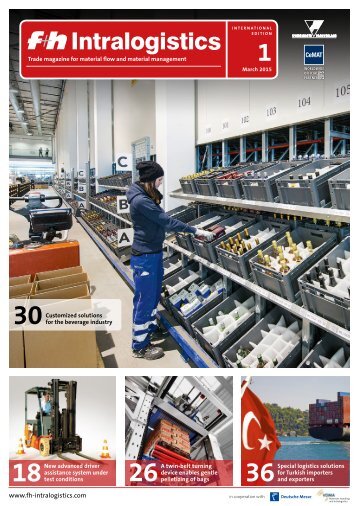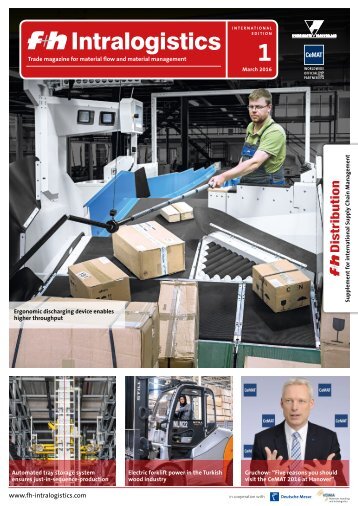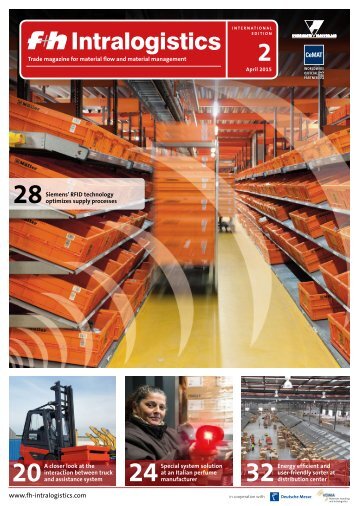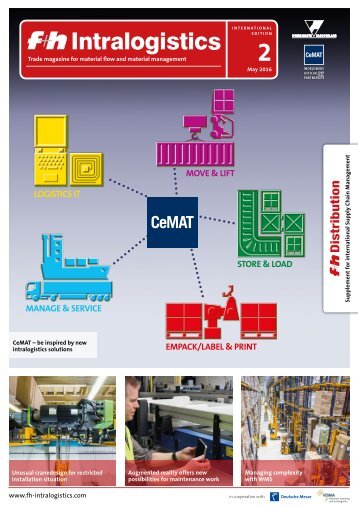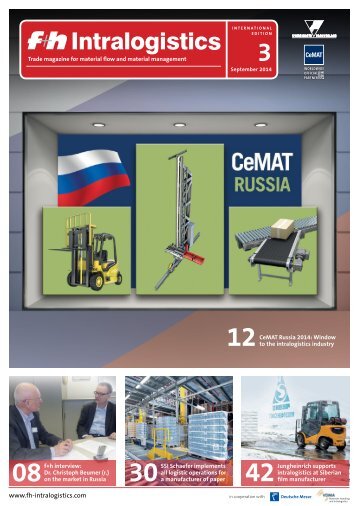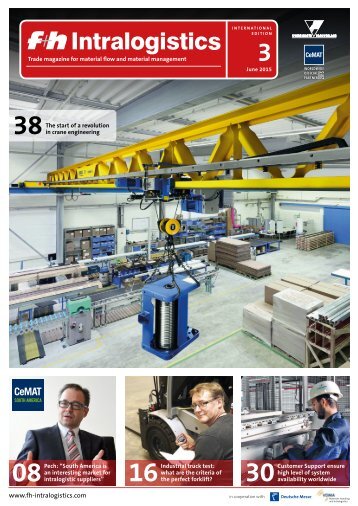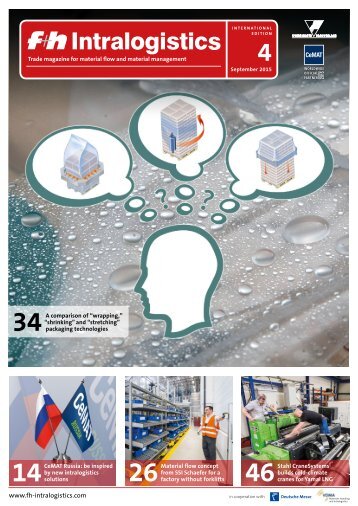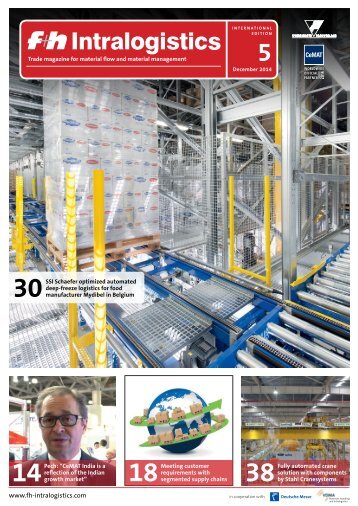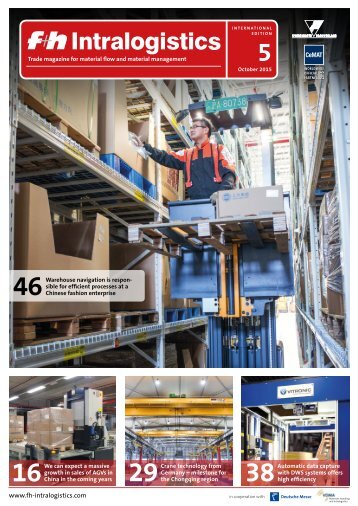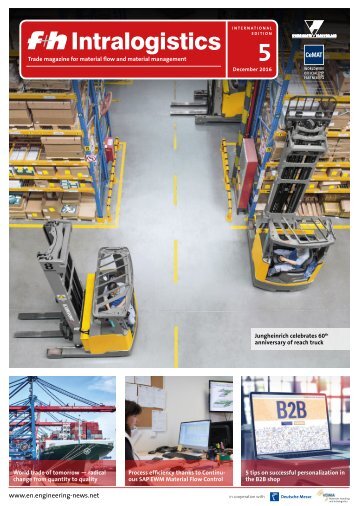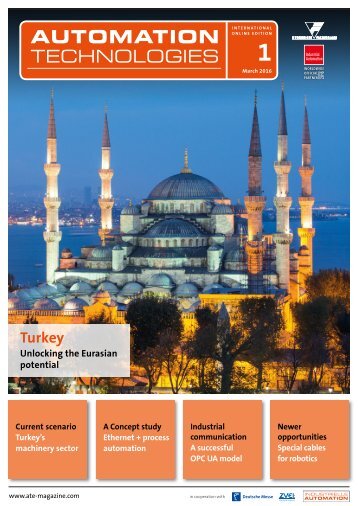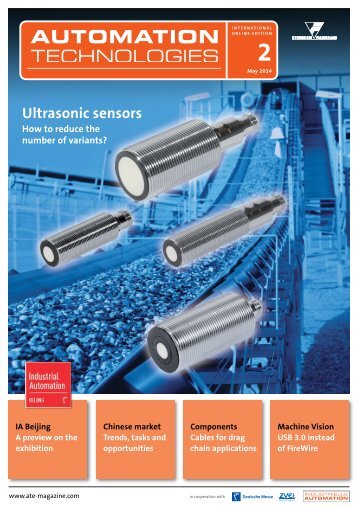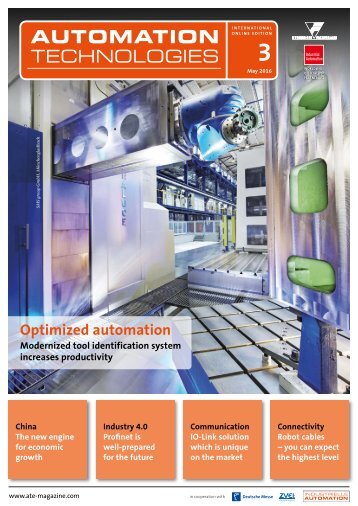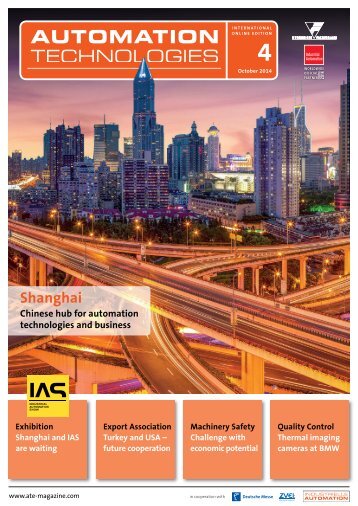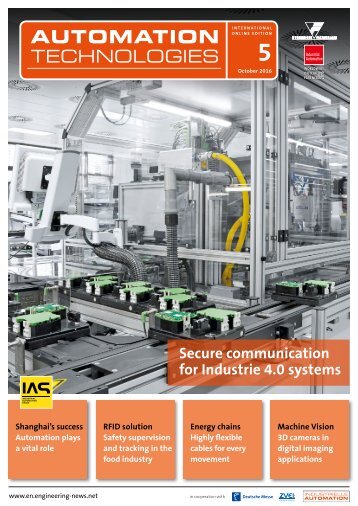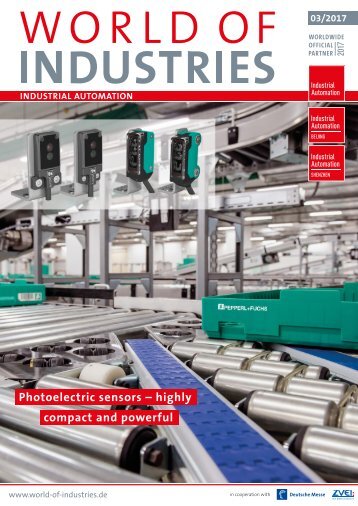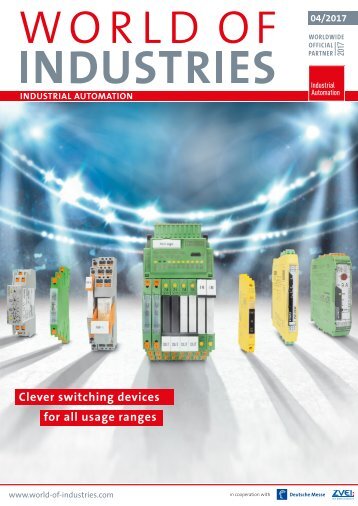WORLD OF INDUSTRIES 5/2019
- Text
- Industries
Colorful challenge for
Colorful challenge for measurement technologies AUTOMATION Determination, measurement and detection of colors in industrial applications are complex measurement tasks. Compared to other physical quantities, it is difficult to define color: what exactly is color? State-of-the-art color measurement technology does not only answer this question but also offers solutions for industrial applications. Author: Dipl.-Ing. (FH) Joachim Hueber, MICRO-EPSILON Eltrotec GmbH, Uhingen, Germany Color is a great challenge for industrial measurement technology since it is an individual, visual sensation elicited by light. When measuring colors, everything is about comparing the measured color with the actual color perceived by the human eye. The crux of the matter in most applications is to detect very slight deviations in color as even these can be perceived be the human eye. Painted car parts, printing matter or facade panels are just some examples of the many products whose color must be inspected during production. Human color perception Color inspection in industrial applications requires suitable sensor technology that corresponds to the color perception of the human eye. The latter is invoked by light in the wavelength range of 380 nm to 780 nm. The human eye has different sensor cells: 120 million rods for light/dark differentiation and 6 million cones for color perception. There are three different types of cones, of which each is receptive to a different wavelength range of the visible spectrum. Rods are much more sensitive than cones which is why color vision depends on illumination. Based on human color impression, colors can be described differently. As there are three different cone types, the color space consists of three dimensions. Since 1931, the CIE 24 WORLD OF INDUSTRIES 5/2019
1931 standard color space stipulated by an international commission has ensured comparability in color descriptions. Color space in technical applications In technical applications, the CIELAB color space is more common. It is generated from the standard color space by transformation. The coordinates of this color space are L as measure of the brightness, a (green/red saturation) and b (blue/yellow saturation). The advantage of this color space is that each hue perceived as a separate color by the human eye has the same volume. The HSV/HSI color spaces are rarely used. The RGB and CMYK color spaces used with monitors and printing technology are significantly smaller than the CIE standard color space. This means they cannot image all colors that the human eye recognizes and so are not suitable for precise, industrial color measurement. Metrological challenge When the observation geometry is determined, color is (in physical terms) a reflected intensity spectrum in the visible wavelength range. This reflection spectrum depends on the object color and the illumination. Illumination is defined by different light sources, e. g. light bulbs, daylight, fluorescent lamps or cold white LEDs. A color sensor detects the reflected spectrum and imitates the principle of the human eye. For measurements, the reflected light is refracted into its spectral parts. The easiest method is to use filters where only one part of the spectrum can pass through. Most conventional CCD cameras whose sensors are divided into green, red and blue pixels are also based on this technique. Color sensors with attention to detail A more accurate principle is used by color sensors for industrial applications such as the new colorSensor CFO series from Micro- Epsilon Eltrotec (see box). The specimen is illuminated by a light source, which in most cases is a white light LED. The light reflected by the probe hits the sensor where the light passes through different filters and eventually reaches a light-sensitive sensor element. The absorption spectra of the filters used should overlap. The filters New True Color Sensors The new, compact True Color colorSensor CFO sensors from Micro-Epsilon Eltrotec stand out due to their high color accuracy, modern interfaces and intuitive handling. They operate according to the XYZ tristimulus measuring procedure. A decisive factor for good measurement results is that the illumination of the specimen is provided by a defined light source. The new color sensors operate with high performance white light LEDs, which cover the largest part of the visible spectrum. All components such as illumination, sensor element and evaluation electronics are combined in a compact aluminum housing. An opticalfiber cable is connected to the color sensor and ensures the illumination and the measurement procedure. The use of optical-fiber cables has several major advantages: 1. The sensor can be used in restricted areas as the sensor head requires a minimum of space. 2. There is a large number of different sensor heads which are suitable for most tasks. Furthermore, Micro-Epsilon Eltrotec can adapt the sensors according to customer-specific requirements. 3. The maximum fiber-optic cable length of 2.4 m allows for exterior sensor mounting e. g. in the case of critical danger zones (vacuum, temperature, EX zones). The color sensor can be configured via five buttons on the housing. LEDs signify the respective state. Depending on the sensor type, up to 255 colors in six color groups (CFO100) or more than 320 colors in 254 color groups (CFO200) can be taught via teach-in buttons. The user can define the permissible tolerance range. The sensor sends a signal via digital output channels if the measured color is within the tolerance range. The CFO100 enables measurement frequencies up to 10 kHz and the CFO200 up to 20 kHz. Therefore, even applications with high speed requirements can be realized. True Color sensors are suitable for any application that involves color sorting or the inspection of the color consistency. 01 The human eye has 6 million cones for color perception WORLD OF OF INDUSTRIES 5/2019 25
- Page 1 and 2: 05/2019 www.world-of-industries.com
- Page 3 and 4: EDITORIAL Shifting of balance of po
- Page 5 and 6: Gearboxes with integrated sensor mo
- Page 7 and 8: MICROMO is now FAULHABER MICROMO LL
- Page 9 and 10: In order to protect its own market
- Page 11 and 12: Cemat Asia 2019 Asian leg of the gl
- Page 13 and 14: The “acid test” Interroll’s G
- Page 15 and 16: Flexible, scalable sorting solution
- Page 17 and 18: 01 02 Sichuan project: The troughed
- Page 19 and 20: conditions automatically using weat
- Page 21 and 22: cause we installed the project in S
- Page 23: Thermal imaging camera at a glance
- Page 27 and 28: Perfectly prepared for internationa
- Page 29 and 30: 05/2019 www.world-of-industries.com
- Page 31 and 32: EDITORIAL Shifting of balance of po
- Page 33 and 34: Gearboxes with integrated sensor mo
- Page 35 and 36: MICROMO is now FAULHABER MICROMO LL
- Page 37 and 38: In order to protect its own market
- Page 39 and 40: Cemat Asia 2019 Asian leg of the gl
- Page 41 and 42: The “acid test” Interroll’s G
- Page 43 and 44: Flexible, scalable sorting solution
- Page 45 and 46: 01 02 Sichuan project: The troughed
- Page 47 and 48: conditions automatically using weat
- Page 49 and 50: cause we installed the project in S
- Page 51 and 52: Thermal imaging camera at a glance
- Page 53 and 54: 1931 standard color space stipulate
- Page 55 and 56: Perfectly prepared for internationa
Inappropriate
Loading...
Mail this publication
Loading...
Embed
Loading...


